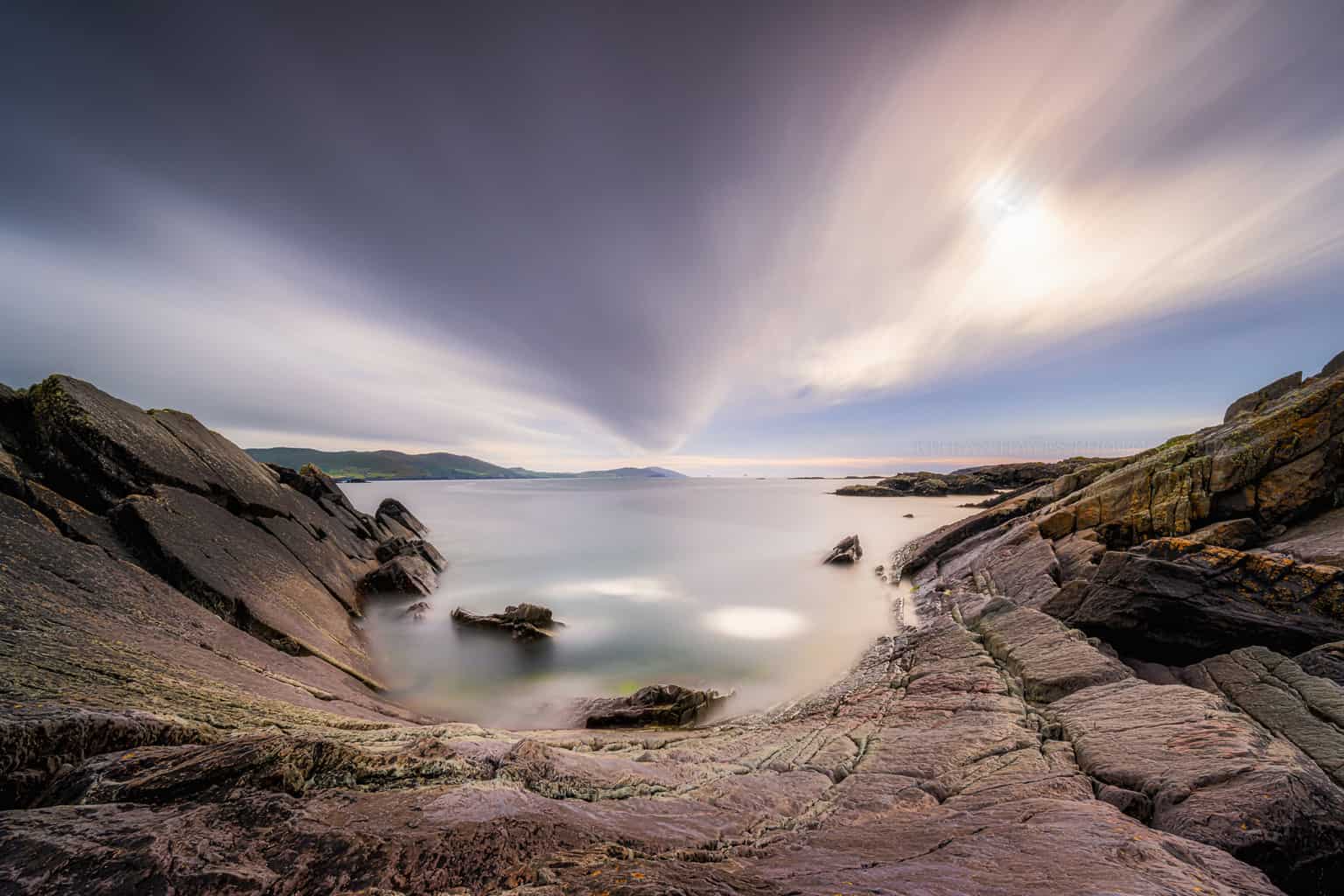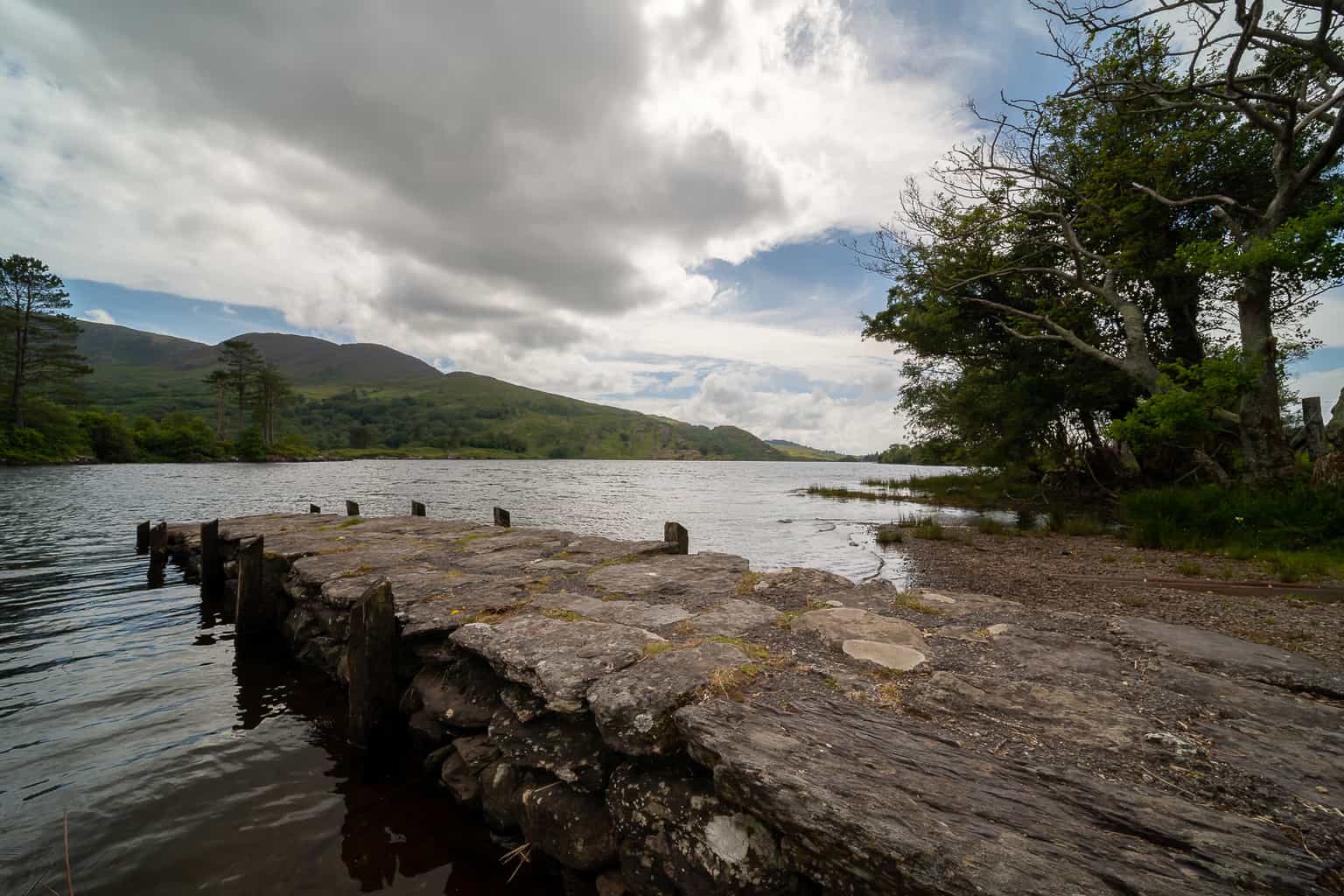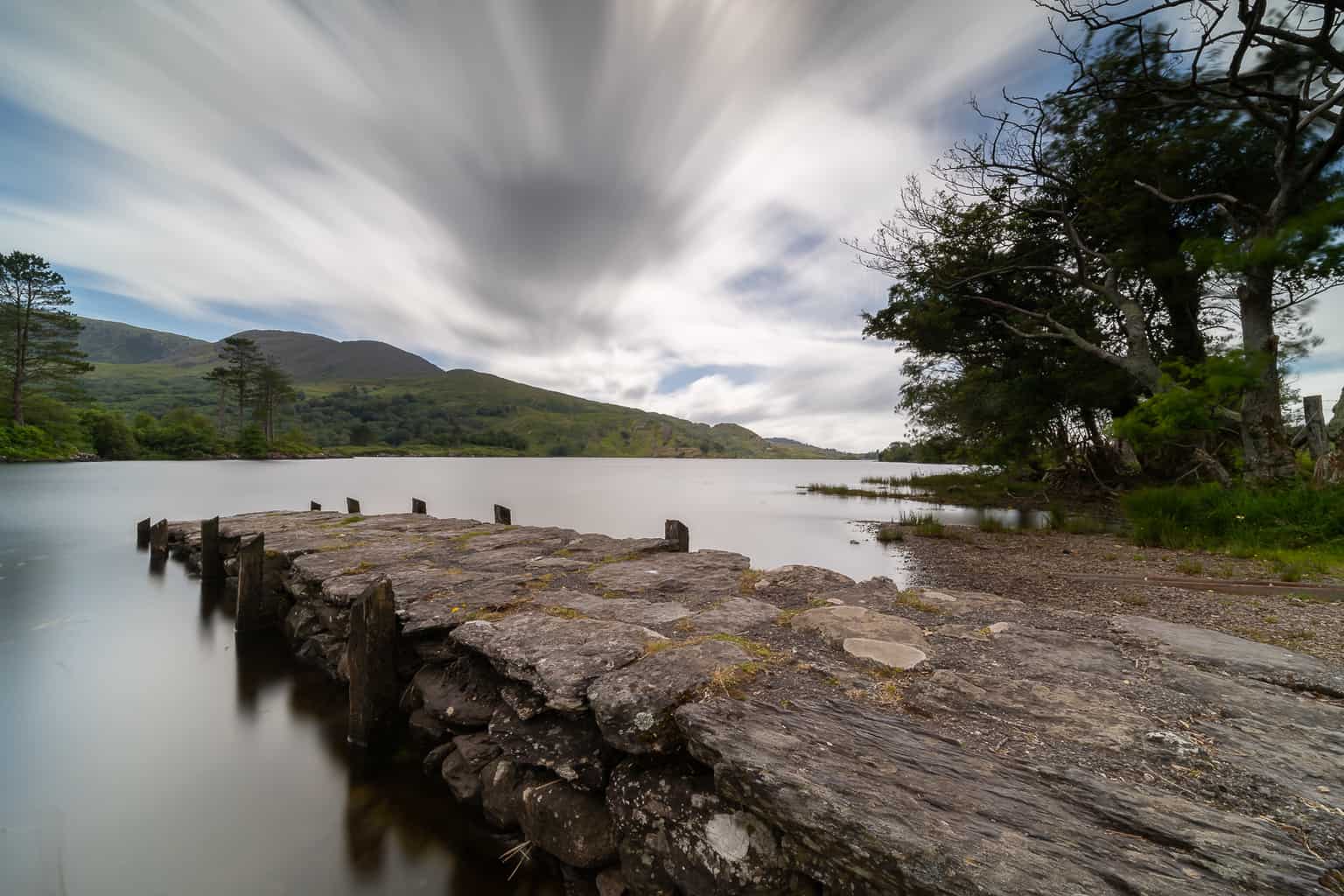Should you be using a 13 stop Nd filter or 16 stop ND filter?

My thoughts on the 13 stop and 16 stop nd filters.
Ok, spoiler alert its a big YES you should so stick with me as I try to describe why that 13 or 16 stop ND filter is a vital bit of gear that should be in your camera bag. Go grab a cup of coffee a bag of popcorn or whatever you need but do stick around for a few minutes and have a read.
Let’s break this into three different questions.
1.- Why use a 13 stop or 16 stop ND filter?
2.- When would you use a 13 stop or 16 stop ND filter?
3.- Should you be using a 13 stop and 16 stop ND filters?
Why use a 13 stop or 16 stop ND filter?
Well a 13 stop or 16 stop ND filter is perfect for producing long exposure images in bright daylight, a ten stop ND filter for example just won’t give you long exposures in the midday sun. Normally a ten stop filter will give you only about a half second to a one or maybe even up to four seconds of an exposure in peak sunlight hours (depending on how bright it is).
Example one.
So let’s take the half a second exposure example with the ten stop ND filter. A 13 stop ND filter will give an exposure time of 4 seconds or a 16 stop filter will give you an exposure time of 32 seconds in the same light. So the 16 stop ND filter is ideal for nice smooth long exposure seascape shots in those conditions.
Example two.
The four second exposure with the ten stop nd filter. A 13 stop ND filter will give an exposure time of 32 seconds or a 16 stop filter will give you an exposure time of a whopping 4 minutes and 22 seconds in the same light. So the 13 stop ND filter is ideal for nice smooth long exposure seascape shots in those conditions. The 16 stop ND filter is perfect for those ultra long exposures (I will get back to that later on).
So as you can already see the 13 stop and 16 stop ND filters are great at giving you nice long exposure times in bright daylight.
When would you use a 13 stop or 16 stop ND filter?
Well I suppose the above section already starts to answer that question for you doesn’t it? But let’s just look at it in a bit more detail to help make it clearer.
Before I really get into this I have to say I love these two filters and never leave home without them now. Stupidly, I really only started using the 13 stop and 16 stop ND filters at the start of 2020 as before then I normally only used up to a ten stop ND filter (even though I had a 16 stop ND filter in my filter pouch). What a mistake that was….
The 13 stop is my favourite of the two as I generally find it will give me anything from 15 seconds to 2 minutes of an exposure in the conditions I use it in. As you probably know your choice of ND filter is dictated by the scene you are shooting or the light level at the time and the effect you want to achieve in your images.
So before we go any further I just want to mention I have an awesome blog post on how to figure out what ND filter you need here.
Also I have a blog post here on square or circular ND filters if you are unsure which one would work best for you then have a quick read and it should help you.
A very quick example of with and without a 13 stop ND filter below. These are the Raw shots with and without a filter.

The above photograph is the raw shot without the ND filter giving you the still static shot.

The above shot is with a 13 stop ND filter, you can see how the clouds have been dragged across the sky and the water has been smoothened out completely also.
The 16 stop ND filter is incredible for very bright scenes where you are shooting in midday sun and you still want 30 second exposures plus. A 10 stop Nd filter will usually give you around a half a second exposure in bright conditions (not shooting straight into the sun) so the 13 stop is not good enough to give you anything longer than 4 or 5 seconds in those conditions.
Whereas, when you pop on the 16 stop ND filter you can suddenly get seriously long exposures again. If it is not incredibly bright then you will find yourself using the 13 stop ND filter to give you exposures up around 30 second mark. Now again using the 16 stop ND filter here will give you those Ultra long exposures.
So if you are now thinking ok how do I know what filter I need for different light levels then I have a blog post here on which Nd filter to use (opens in a new tab).
This brings us to the question of why shoot long exposures in bright daylight?
The main reasons why I would take serious long exposures during bright daylight is there is a completely different look to an image capture in bright daylight and you can also capture some nice cloud movement in the photograph. If you are shooting a waterfall or river then a half second to 5 seconds is generally long enough to capture the waters movement and give it that soft beautiful look via motion blur.
If you are shooting a seascape then generally you want to be shooting 20 seconds plus of an exposure to soften out the sea.
Personally the limits I have set in place for smooth seascapes are between 15 seconds absolute minimum (normally too short to soften out the water) and at the other end of the scale a 2 minute exposure.
So, as I mentioned above 15 seconds can leave you with sort of a cotton wool effect in the water which can be a very strange mix between a smooth and detailed image. Which is why I normally shoot 20 second plus exposures to smoothen out the water a bit more.
On the other side of long exposures I generally advise against shooting over two minute exposures for seascapes with only one exception (I will come back to that again later on). So why the two minute limit? Well it’s for one specific reason “hot pixels”.
Hot pixels are pixels that overheat due to prolonged use and I have generally found over the years that two minutes plus is where you really start to see a few hot pixels in your image. They show up as red, green or blue dots in your photograph.
Now every camera is slightly different here so try yours and see if you have an issue or not.
These hot pixels are why your camera has the Long Exposure noise reduction feature basically this is just your camera taking for example a 30 second exposure and then taking another 30 second exposure straight away afterwards but this time with the shutter closed. Now it does this so it can see the hot pixels in the dark image and it removes them from the first photograph. Isn’t that clever?
Why shoot 2 minute long exposures and longer!!!
Now stick with me on this one, I know I said after 2 minutes you run the risk of getting hot pixels from your sensor over heating but sometimes you just got to push your gear to get those great shots.
So one day you are out taking photographs at this iconic location (dream big during a pandemic I say) and it’s a small bit windy.
The first thing to sort out is your composition now once you have that nailed you need to start thinking can I do anything else to improve the shot?
The two things I look at here are light firstly and then shutter speed.
The other parameters have already been set for me when I was finalising my composition or should I say composition for me is not just about your choice of focal length, aperture, camera height and let’s face it what it’s pointed at. Light changes from minute to minute so check cloud movement and the suns location, sometimes waiting a few seconds might help or hinder the results so keep an eye on those clouds…
Now we get to shutter speed and this is where you can add that little bit of artistic interpretation in your photograph and express what it is you see in your minds eye. Things like these really cool clouds slowly moving over this gorgeous lighthouse, if I close my eyes now I can just see it happening, wouldn’t it be so nice to be out there now snapping away… sorry, getting side tracked there and mentally drooling a little, with the use a slow enough shutter speed of maybe 1 to 4 or even 5 minutes you could get these clouds being completely stretched or dragged as they pass over the lighthouse creating this really beautiful and unique photograph.
<p?That’s exactly what these filters can do for you. People commonly think of Long Exposure images as blurring moving water, cars lights etc.. but it also works really well with clouds and it can produce these incredibly dynamic images.
So how do you know how long your shutter needs to be open for? Well use trial and error or take a normal photograph and then 1 minute later take another one and check how far the clouds have moved over the 1 minute interval.
If the clouds have moved enough then 1 minute is your shutter speed if they only move halfway across your photograph then go for 2 minutes, it’s not rocket science. You can get some very nice cloud movement over 30 seconds also but it is all down to how quickly the clouds are actually moving on the day.
I am currently working on a project with a lot of midday bright scene long exposures but sadly Covid- 19 killed off any chance of getting that project done this year so it will have to wait till 2022 now to be finished.
So should you use a 13 stop or 16 stop ND filter?
Let me just say yes, yes, yes, yes, yes, and YES to that, is anyone else getting a “When Harry met Sally” vibe going on there??? :-). For those of you that are still unsure it is a huge yes for me on that one, and as I said earlier one of my biggest regrets now was not using these filters regularly over the years. Which brings me to the next piece…
So if you are thinking of buying a 13 or 16 stop ND filter which one should you use and why?
Well for me the simple answer is as you may have guessed the Formatt Hitech Ultra 16 stop ND filter. They are colour neutal and ultra sharp filters(pardon the pun) and the other good news is I can offer you the discount code HAYES10 to get 10% off filters and holders on the Formatt Hitech website.
Lastly make sure to checkout my Formatt Hitech Discount code page here for the latest Formatt Hitech offers and discount code.
By the way there is a new 100mm Firecrest MKII filter holder click here for my review of it…
For the sake of clarity I should add I am a Featured Artist, Photography Educator and Brand Ambassador for Formatt Hitech and I also get a slight kickback from any sales made with my discount code but you also get a nice discount too so it’s a win/win for everyone. This slight commission helps me write informative articles like this and keep this website running.
I have personally found that with a lot of the cheaper ND filters you can get a very strong colour cast as the ND coating is inferior and this effects not only the colour neutrality but also your image sharpness.
Formatt Hitech have this perfected and they even have an ND filter with an amazing 24 stops of light stopping power. That filter is ideal for solar eclipses etc…
Have a look at my photography tips and tricks section in the menu where I cover everything from…
ND Filters explained and how to choose the right ones,
Photography tips everything from filters to tripods,
Seascape Photography explained,
How to backup your photographs,
My secret tips to photography,
Thanks again for reading this post and if you have any questions please do feel free to ask them I am only too happy to help.
If you want to know more about the differences between the square vs circular ND filters have a read here or if are sitting back totally confused and wondering how to pick the right ND filter click here.
See you out there,
Kieran.
